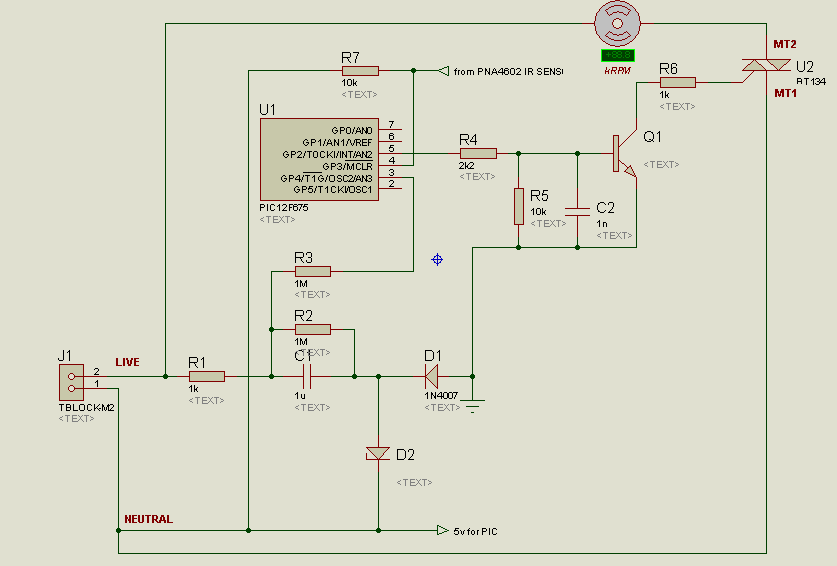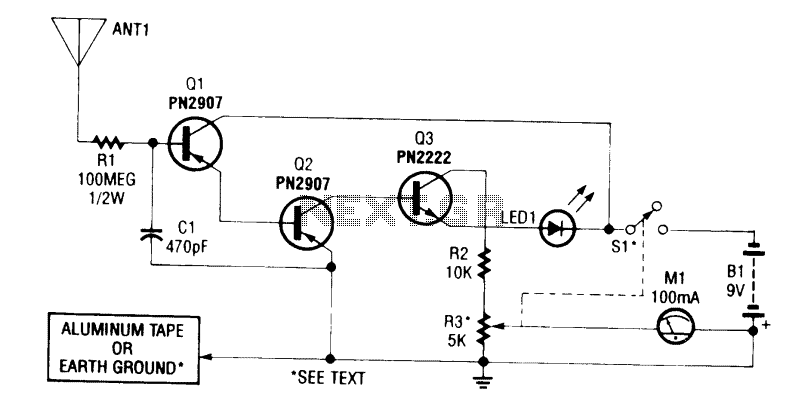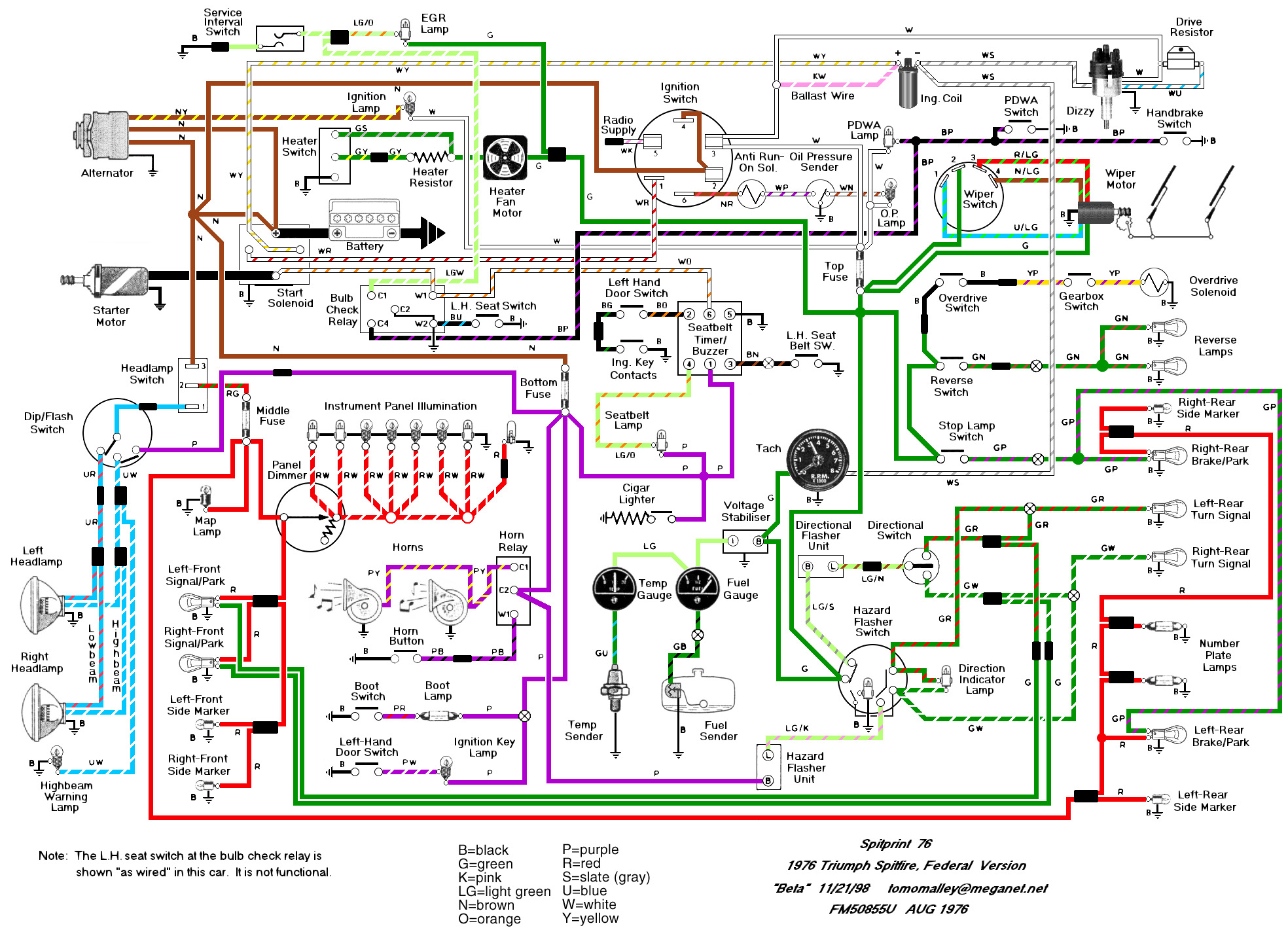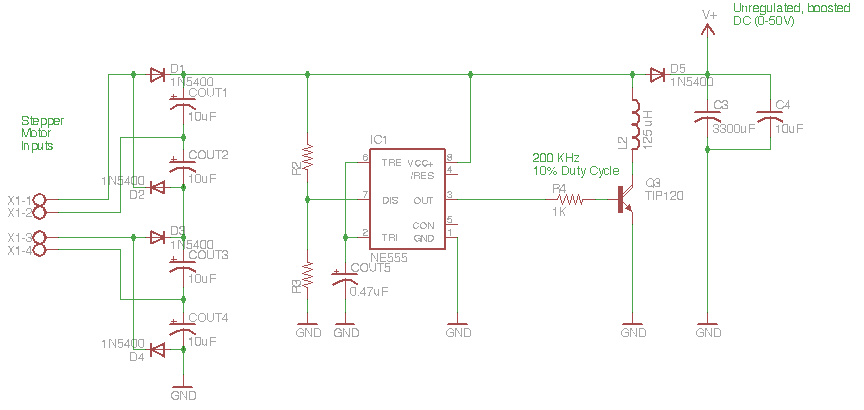
Microcontroller-based: Electric fan switching relay or triac

A project is underway to control the speed of an electric fan (220Vac, 60W, 5A max.) automatically using a microcontroller based on certain parameters.
The circuit design for controlling the speed of an electric fan involves several key components to ensure efficient operation and responsiveness to input signals from the microcontroller. The primary elements of the circuit include a microcontroller, a TRIAC, an opto-isolator, a zero-crossing detector, and necessary passive components such as resistors and capacitors.
The microcontroller serves as the brain of the operation, programmed to adjust the fan speed based on input conditions, which could include temperature readings or user-defined settings. The control signal from the microcontroller is typically a PWM (Pulse Width Modulation) signal, which varies in duty cycle to control the effective power delivered to the fan.
To handle the AC load of the fan, a TRIAC is employed. The TRIAC is a semiconductor device that can switch and control AC power. It is triggered by a gate signal, which can be derived from the PWM signal generated by the microcontroller. An opto-isolator is used to provide electrical isolation between the high voltage AC circuit and the low voltage microcontroller circuit, ensuring safety and preventing damage to the microcontroller.
The zero-crossing detector is a crucial component that helps in timing the triggering of the TRIAC. It detects the point at which the AC waveform crosses zero volts, allowing the microcontroller to synchronize the TRIAC firing with the AC waveform. This synchronization minimizes electrical noise and improves the efficiency of the fan speed control.
Additional passive components such as resistors and capacitors are used to filter signals and protect the circuit from voltage spikes. Proper selection of these components is essential for the stability and reliability of the circuit.
In conclusion, this schematic design provides a robust solution for controlling the speed of an electric fan using a microcontroller, enabling automated adjustments based on environmental conditions or user preferences.I have a project in which i will control the speed of the electric fan (220Vac, 60W, 5A max.) through the microcontroller automatically depending on.. 🔗 External reference
The circuit design for controlling the speed of an electric fan involves several key components to ensure efficient operation and responsiveness to input signals from the microcontroller. The primary elements of the circuit include a microcontroller, a TRIAC, an opto-isolator, a zero-crossing detector, and necessary passive components such as resistors and capacitors.
The microcontroller serves as the brain of the operation, programmed to adjust the fan speed based on input conditions, which could include temperature readings or user-defined settings. The control signal from the microcontroller is typically a PWM (Pulse Width Modulation) signal, which varies in duty cycle to control the effective power delivered to the fan.
To handle the AC load of the fan, a TRIAC is employed. The TRIAC is a semiconductor device that can switch and control AC power. It is triggered by a gate signal, which can be derived from the PWM signal generated by the microcontroller. An opto-isolator is used to provide electrical isolation between the high voltage AC circuit and the low voltage microcontroller circuit, ensuring safety and preventing damage to the microcontroller.
The zero-crossing detector is a crucial component that helps in timing the triggering of the TRIAC. It detects the point at which the AC waveform crosses zero volts, allowing the microcontroller to synchronize the TRIAC firing with the AC waveform. This synchronization minimizes electrical noise and improves the efficiency of the fan speed control.
Additional passive components such as resistors and capacitors are used to filter signals and protect the circuit from voltage spikes. Proper selection of these components is essential for the stability and reliability of the circuit.
In conclusion, this schematic design provides a robust solution for controlling the speed of an electric fan using a microcontroller, enabling automated adjustments based on environmental conditions or user preferences.I have a project in which i will control the speed of the electric fan (220Vac, 60W, 5A max.) through the microcontroller automatically depending on.. 🔗 External reference





